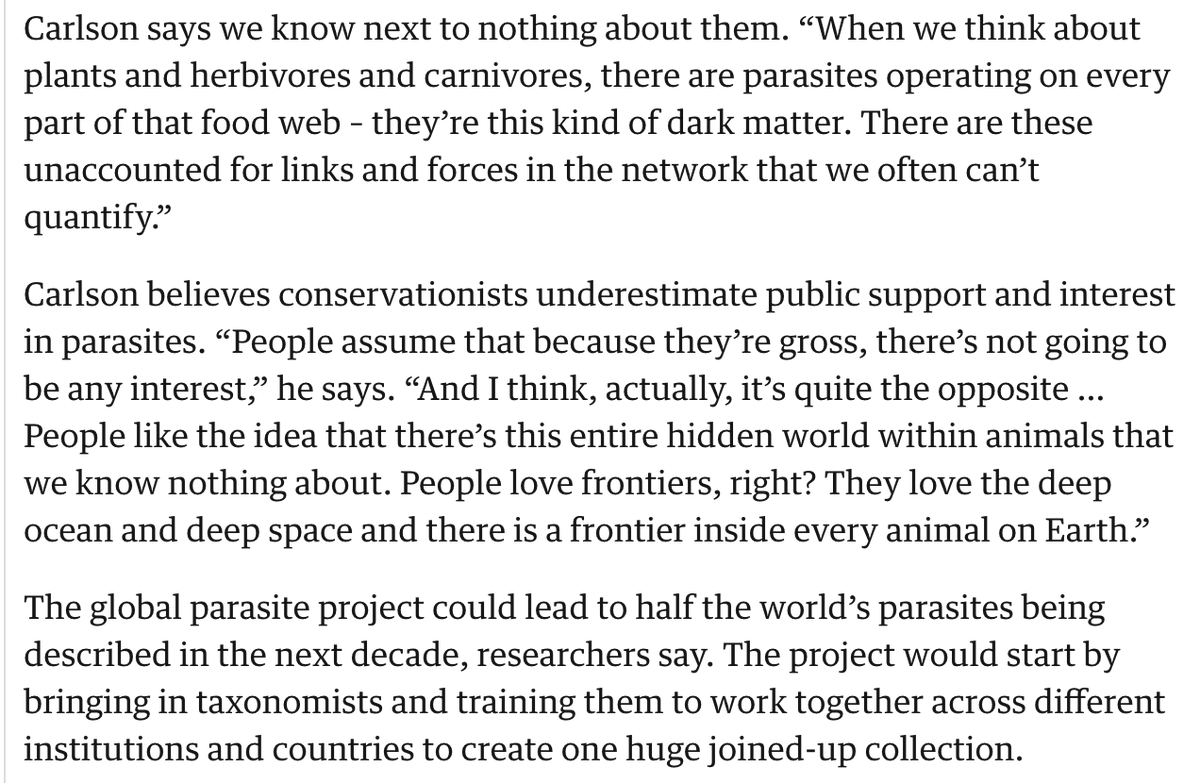
A lot of good discussion today about what we know and don't know about the new #SARSCoV2 variant in the UK.
But what does this mean (if anything) for government responses & public health law control measures, even if greater transmissibility is confirmed?
Quick notes (1/7)
But what does this mean (if anything) for government responses & public health law control measures, even if greater transmissibility is confirmed?
Quick notes (1/7)
Firstly, the virus is already sufficiently transmissible to be a concern. As others have noted, already important critical public health measures (avoiding crowds, social distancing, mask wearing, hand washing) will address variants that emerge:
(2/7)
(2/7)
https://twitter.com/trishgreenhalgh/status/1340677485856514050?s=20
First "but": any potential increase in transmissibility might shift how we weigh the stringency or priority of certain interventions, and how justifications for public health laws determine what is "the least restrictive measure".
(3/7)
(3/7)
A good example of this is new flight restrictions from the UK to Ireland, Netherlands, and now France.
A new variant that may be more transmissible provides a novel justification for restricting people's movement, when there is otherwise sustained transmission occurring.
(4/7)
A new variant that may be more transmissible provides a novel justification for restricting people's movement, when there is otherwise sustained transmission occurring.
(4/7)
Secondly, governments that haven't acted before this new variant (esp. in lead up to holidays), should have. On the one hand, if uncertainty about a variant prompts action that should have already been taken, some might argue that that's good: ends justifies the means etc.
(5/7)
(5/7)
Second "but": on the other hand, govts using variants as justification risks sending message that measures weren't already warranted.
This is risky & could have consequences, esp. if it's subsequently determined that there's limited difference.
(6/7)
This is risky & could have consequences, esp. if it's subsequently determined that there's limited difference.
(6/7)
https://twitter.com/Gfalbery/status/1340667712238981120?s=20
Finally, we need to be alert but not alarmed at new variants.
"Alert" means:
1) proactive & responsive governments,
2) protecting public trust w transparency, and
3) surveillance w global & national systems for sharing viral sequences & epi data.
(7/7)
nytimes.com/2020/12/20/hea…
"Alert" means:
1) proactive & responsive governments,
2) protecting public trust w transparency, and
3) surveillance w global & national systems for sharing viral sequences & epi data.
(7/7)
nytimes.com/2020/12/20/hea…
• • •
Missing some Tweet in this thread? You can try to
force a refresh







